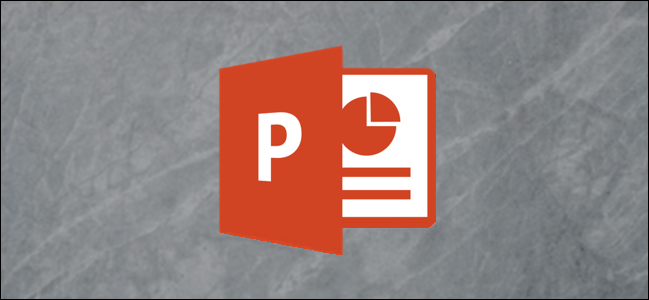
PowerPoint can pop up an image when you hover your pointer over a thumbnail image. This lets you keep a nice, clean slide, but also show your audience more information when you want to.
将指针悬停在缩略图上时,PowerPoint会弹出一个图像。 这样一来,您可以保持幻灯片整洁,美观,并在需要时向观众显示更多信息。
将鼠标悬停在缩略图上时如何弹出更大的图像 (How to Pop Up a Bigger Image When You Hover Over a Thumbnail)
In this example, we have four thumbnail images, and we want to set up a hover effect that shows a pop-up of a larger image when you mouse over each of the thumbnail images.
在此示例中,我们有四个缩略图图像,我们想要设置一个悬停效果,当您将鼠标悬停在每个缩略图图像上时,该效果会显示较大图像的弹出窗口。
First, on a new slide, insert your thumbnail image by heading to Insert > Pictures. The thumbnail image is whatever small image you want to use as a thumbnail on your slide—not a special kind of image.
首先,在新幻灯片上,通过转到“插入”>“图片”来插入缩略图。 缩略图图像是您要用作幻灯片缩略图的任何小图像,而不是特殊的图像。
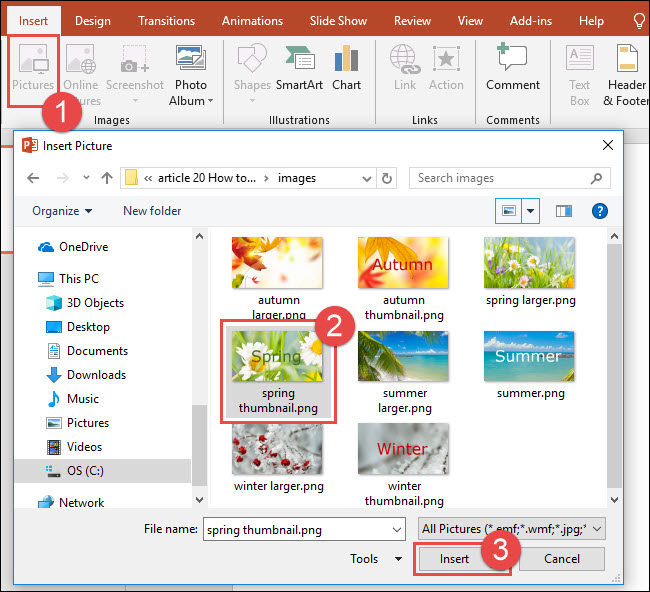
Here’s an example of our slide with four thumbnail images inserted.
这是插入了四个缩略图的幻灯片示例。
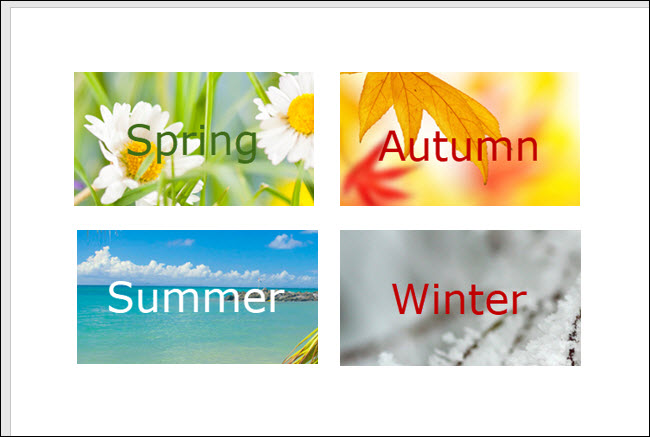
Next, you’ll need to add a new slide for each of the popups for the larger images. Right-click on your first slide’s thumbnail, and then select “New Slide.” Repeat this step for any additional slides needed for each of your larger images.
接下来,您需要为较大图像的每个弹出窗口添加一个新幻灯片。 右键单击第一张幻灯片的缩略图,然后选择“新幻灯片”。 对每个较大的图像都需要的其他幻灯片重复此步骤。
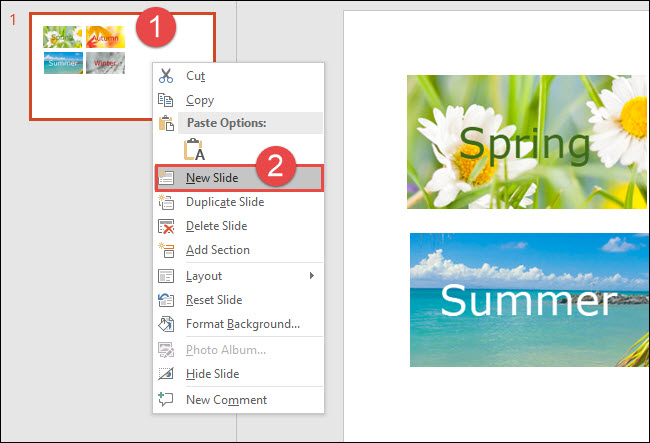
In this example, we added four new slides.
在此示例中,我们添加了四张新幻灯片。
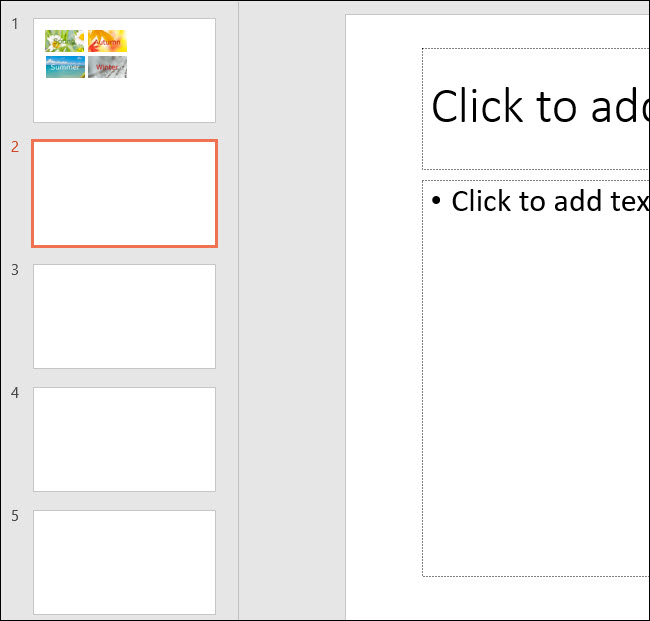
Next, you’ll create the first popup. On slide 2, delete any placeholders added when you inserted the new slide. To delete a placeholder, right-click on the edge of the placeholder and then click “Cut.” You can also select the placeholder and then hit the Delete key.
接下来,您将创建第一个弹出窗口。 在幻灯片2上,删除插入新幻灯片时添加的所有占位符。 要删除占位符,请右键单击占位符的边缘,然后单击“剪切”。 您也可以选择占位符,然后按Delete键。
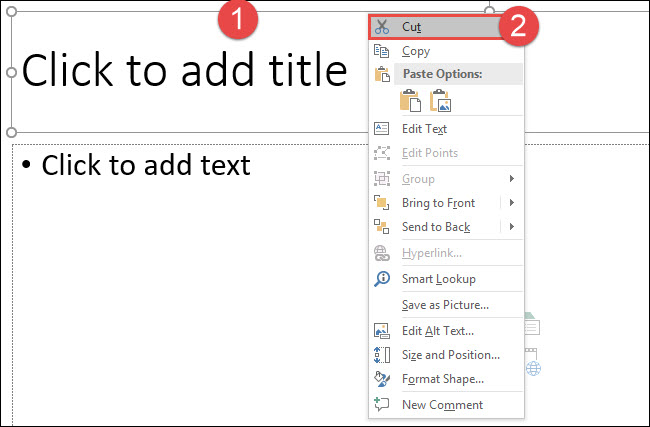
Next, insert the large version of your first image (for your first popup). If there is a placeholder on your slide, click on the “Pictures” icon to insert an image. Alternately, if your new slide doesn’t contain a placeholder, you can click “Pictures” from the Insert tab.
接下来,插入较大版本的第一个图像(用于第一个弹出窗口)。 如果幻灯片上有占位符,请单击“图片”图标以插入图像。 或者,如果您的新幻灯片不包含占位符,则可以从“插入”选项卡中单击“图片”。
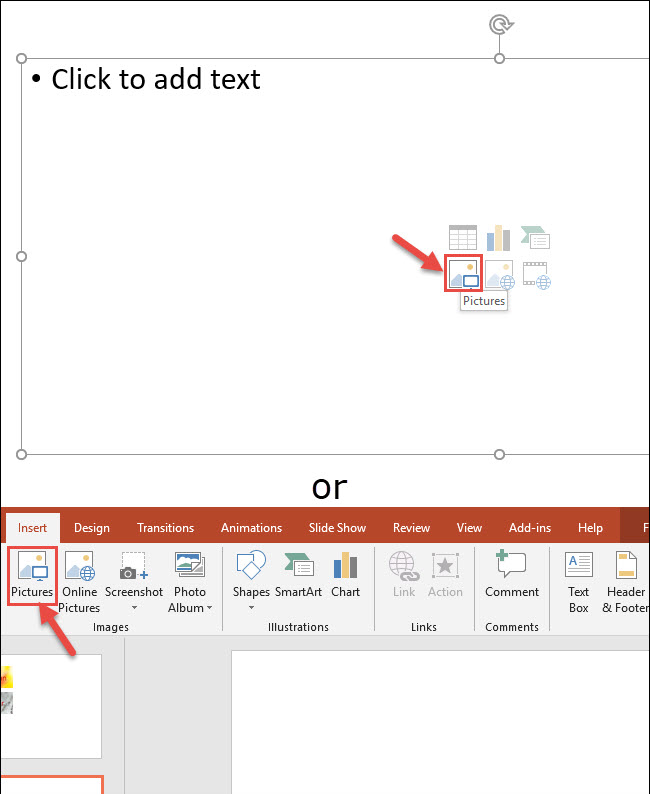
Select the larger image version of the thumbnail and then click “Insert.”
选择缩略图的较大图像版本,然后单击“插入”。
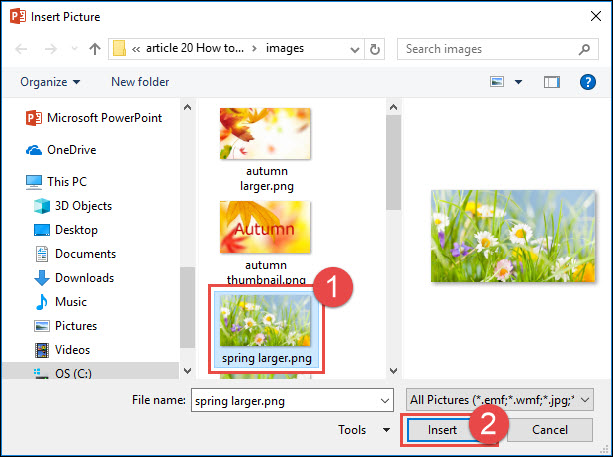
Once your image is inserted, adjust the size of the image on the slide as needed.
插入图像后,根据需要调整幻灯片上图像的大小。
Next, let’s add a border on the image. Double click on the image to activate the Format tab. From the Format tab, click the border of your choice. In this example, we’re using the “Simple Frame, White” option.
接下来,让我们在图像上添加边框。 双击图像以激活格式选项卡。 在格式选项卡上,单击您选择的边框。 在此示例中,我们使用“白色简单框架”选项。
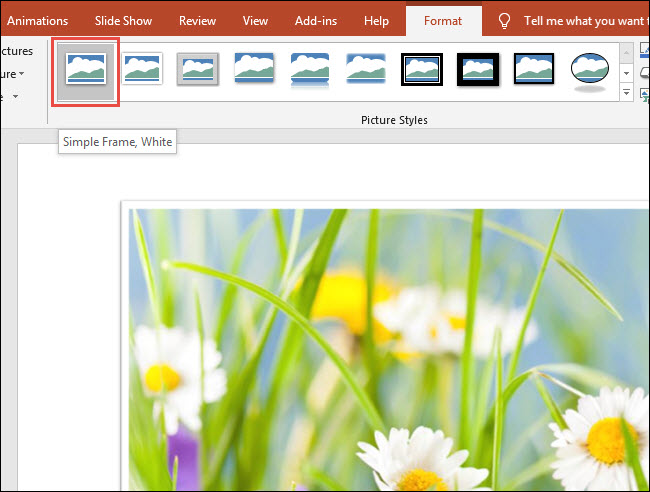
Repeat the steps to add a large version of any other thumbnail images you’re using. Here, we’ve added all four larger images for our example.
重复这些步骤以添加正在使用的其他缩略图的大版本。 在这里,我们为示例添加了所有四个较大的图像。
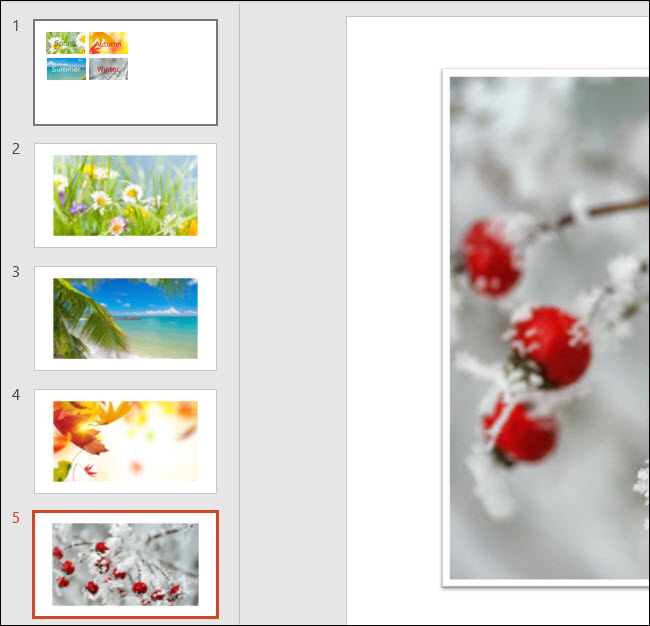
Now, return to the slide with your thumbnail images and then click to select the first thumbnail. To create the popup image effect, you’ll add an action to the thumbnail. From the Insert tab, click “Action.”
现在,返回带有缩略图的幻灯片,然后单击以选择第一个缩略图。 要创建弹出图像效果,您需要在缩略图上添加一个动作。 在“插入”标签中,点击“操作”。
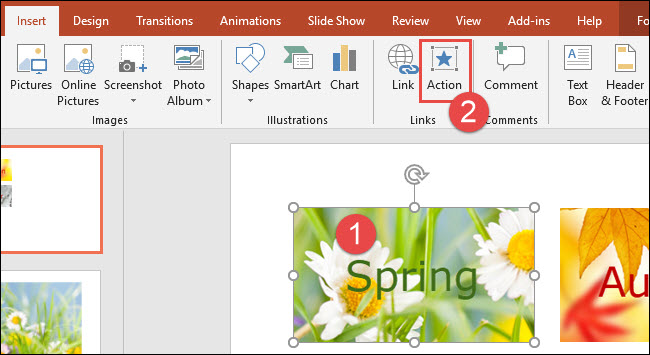
In the Action Settings dialog box, click the “Mouse Over” tab. Select “Hyperlink to:” and then select the slide containing the larger image for the thumbnail (Slide 2 in our case). Click “OK” when you’re done.
在“动作设置”对话框中,单击“鼠标悬停”选项卡。 选择“超链接到:”,然后为缩略图选择包含较大图像的幻灯片(在本例中为幻灯片2)。 完成后,单击“确定”。

Repeat the same steps for any additional thumbnails, inserting a mouse over action to the corresponding slide which contains the larger image, respectively.
对其他缩略图重复相同的步骤,将鼠标悬停在包含较大图像的相应幻灯片上。
To see the hover effect in action, from the Slide Show tab, click “From Current Slide” or press Shift+F5 on your keyboard.
要查看实际的悬停效果,请从“幻灯片放映”选项卡中,单击“来自当前幻灯片”或按键盘上的Shift + F5。
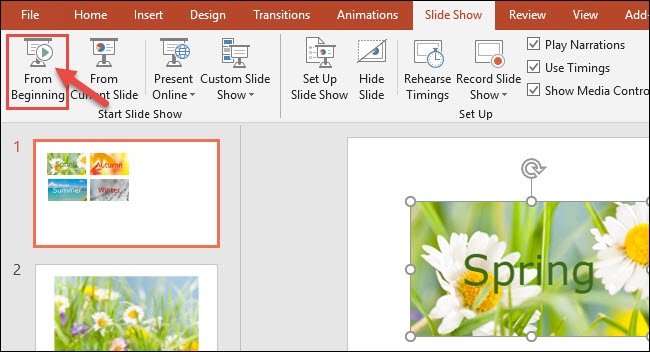
When you hover over the first thumbnail image, a larger image displays. However, notice there is no way to return to the thumbnails. You’ll need to press the Esc key to return.
将鼠标悬停在第一张缩略图上时,将显示较大的图像。 但是,请注意,无法返回到缩略图。 您需要按Esc键返回。
翻译自: https://www.howtogeek.com/397911/how-to-create-a-pop-up-in-powerpoint/





















 548
548











 被折叠的 条评论
为什么被折叠?
被折叠的 条评论
为什么被折叠?








